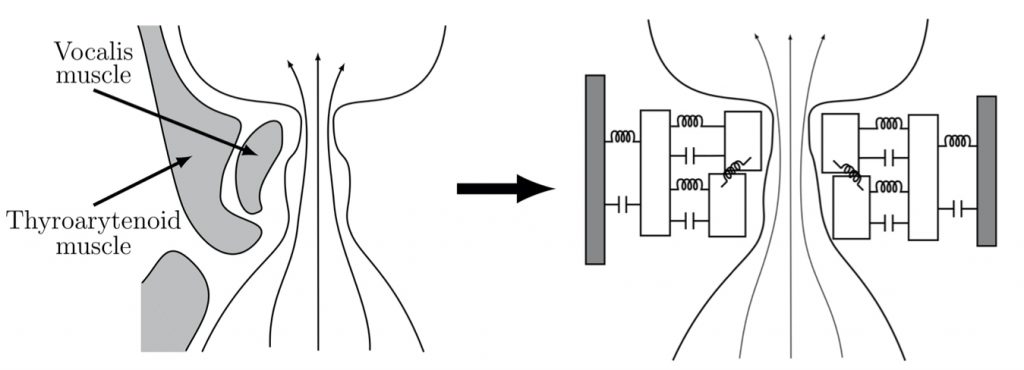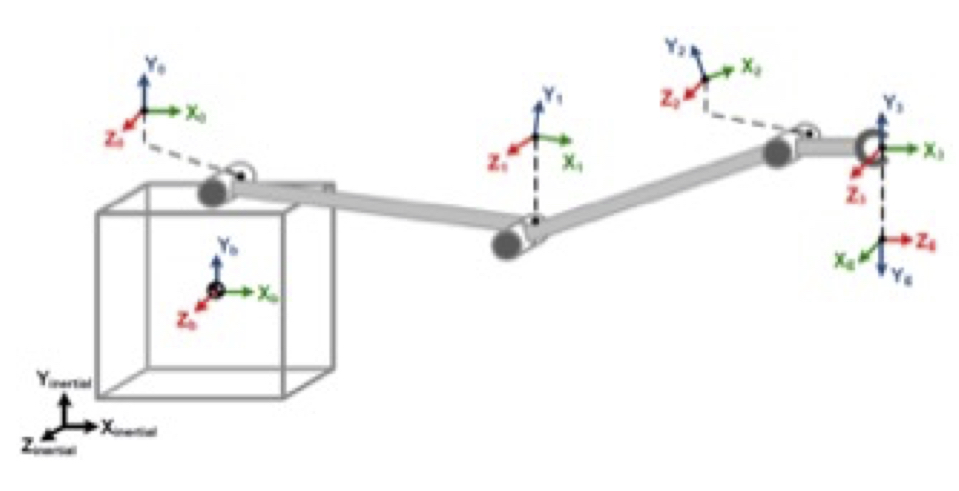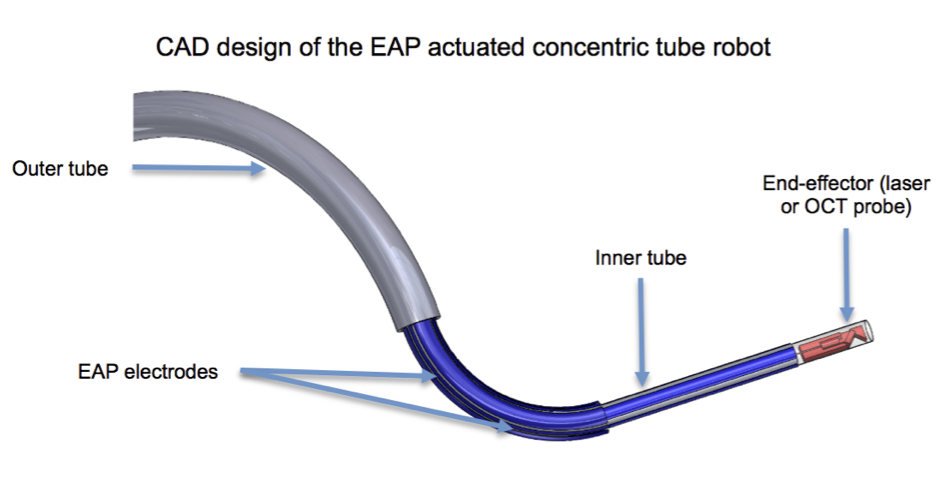My current fields of interest are the modelling and the control of non-linear and distributed parameter systems using the port Hamiltonian framework. This framework is particularly adpated to multi-domain and multiscale systems. The definition of PHS is given hereafter.

Among other research activities I am particularly involved in the folowing research topics:
- Infinite dimensional port Hamiltonian systems
- 1D linear port Hamiltonian systems defined on Hilbert spaces, boundary control systems, constrained PHS.
- Stability, stabilization, control design of in-domain and boundary controlled port Hamliltonnian systems.
- Observer design for non-linear and distributed port Hamiltonian systems.
- Extensions to 2D-3D and non linear systems.
- Modeling and control of irreversible thermodynamic systems
- Irreversibles port Hamiltonian formulations, energy shaping.
- Chemical processes, fluid flows.
- Smart materials with hysteresic behavior.
- Model reduction and control
Applications:
- Acoustic control, modeling and control using smart foams
This research activity has been developed in the context of the ANR DFG Project INFIDHEM. The aim was to propose new active polymeric structures using 3D printing processes in order to modify the acoustic properties of acoustic foams and cover a larger range of frequencies combining passive and active components. A first propotype has been designed and preliminary concepts for adaptative multiphysics control of acoustic waves have been proposed.

- Modeling and control of fluid-structure interactions
This project is concerned with the modeling of fluid structure interactions occurring in vocal folds using the port Hamiltonian framework. Many common voice disorders, such as vocal fold nodules and muscle tension dysphonia, are thought to be a product of repeated inappropriate patterns of Electroactive polymer implant vocal behavior that are generally referred to as vocal hyperfunction. In spite of the significant prevalence of these voice disorders, very little is known about the underlying biomechanical, aeroacoustic, and energy exchange mechanisms associated with vocal hyperfunction. The need to better understand the pathophysiology of these vocal disorders has illustrated the potential of numerical models of voice production as relevant research tools. Examples in this direction have included exploring the role of compensatory mechanisms due to a large posterior glottal gap, the influence of the ventricular folds under various conditions, the effects of gender-related laryngeal structure and function, the relation between vocal-fold structural and vibratory features to breathiness, among others. Port Hamiltonian modeling of vocal cords and their interaction with air flow is under investigation in the frame of a collaborative project between FEMTO-ST and University Santa Maria Valparaiso Chile.

- Robust control of flexible robotic arms

- In-domain control of flexible endoscopes

- Modeling and control of nanotweezers for DNA manipulation
Keywords: Port Hamiltonian systems, non linear control, infnite dimensional systems
